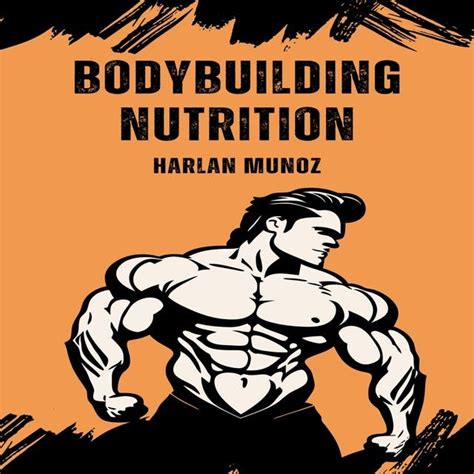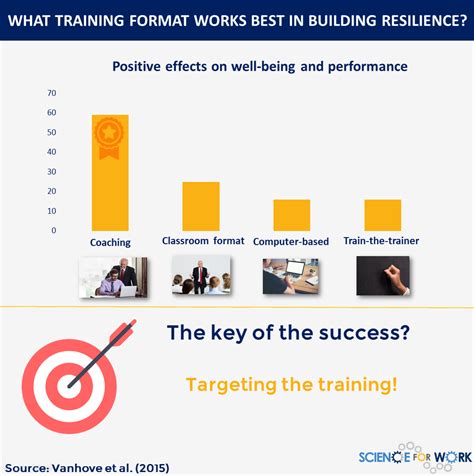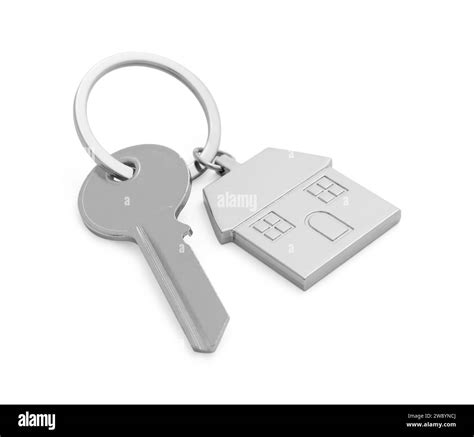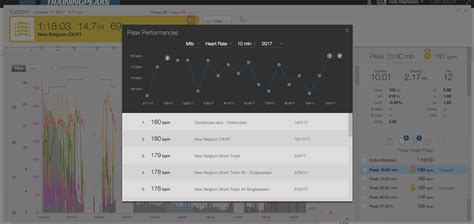How to break strength plateaus for peak male performance & muscle growth?

Every serious lifter knows the frustration: you’re consistently hitting the gym, pushing hard, and seeing fantastic gains. Then, suddenly, progress grinds to a halt. Your bench press won’t budge, your squat feels heavier than ever, and your muscle growth seems to have stalled. You’ve hit a strength plateau, and it can be a significant roadblock to achieving peak male performance and continued muscle hypertrophy.
Understanding Strength Plateaus
A strength plateau isn’t a sign of failure; it’s a natural physiological response to your body adapting to the demands you’ve been placing on it. Your muscles, nervous system, and even your mind become accustomed to a specific stimulus, and they stop responding with the same vigor. Common culprits include:
- Lack of Progressive Overload: Not consistently increasing the demand on your muscles.
- Overtraining: Too much intensity or volume without adequate recovery.
- Inadequate Nutrition: Not fueling your body sufficiently for repair and growth.
- Poor Recovery: Insufficient sleep or chronic stress hindering muscle repair.
- Stagnant Programming: Doing the same routine for too long.

Strategies to Shatter Your Plateau
Breaking through a plateau requires a strategic shift in your approach. It’s time to disrupt your routine and introduce new stimuli.
1. Periodization and Program Variation
Constantly doing 3 sets of 10 reps will eventually lose its effectiveness. Implement periodization by cycling through different rep ranges, set schemes, and exercise variations. Try a block of lower reps and higher weight (e.g., 3×5) for strength focus, followed by a block of higher reps (e.g., 3×12-15) for hypertrophy and endurance. Switch up your primary exercises (e.g., barbell bench press to incline dumbbell press, back squat to front squat).
2. Deload Weeks
Often overlooked, a deload week can be a game-changer. This involves intentionally reducing your training volume and/or intensity (e.g., 50-70% of your usual weight/reps) for one week every 4-8 weeks. It allows your body to fully recover, repair micro-tears, and resensitize itself to training, often leading to renewed strength upon returning to full intensity.

3. Progressive Overload (Beyond Weight)
While increasing weight is the most common form of progressive overload, it’s not the only one. If you can’t lift heavier, try these methods:
- Increase Volume: Do more sets or reps with the same weight.
- Decrease Rest Times: Perform the same work in less time.
- Improve Form: A stricter, more controlled execution can make a lighter weight feel harder and stimulate more muscle.
- Increase Time Under Tension (TUT): Slow down your negatives (eccentric phase) or pause at peak contraction.
- Add Intensity Techniques: Drop sets, supersets, forced reps, partial reps, or negative reps can shock your muscles.
4. Optimize Nutrition
Muscle growth and strength gains are impossible without proper fuel. Ensure you are:
- Eating Sufficient Calories: A slight caloric surplus is often necessary for muscle growth.
- Consuming Enough Protein: Aim for 1.6-2.2 grams of protein per kilogram of body weight to support muscle repair and synthesis.
- Getting Quality Carbohydrates: These fuel your workouts and replenish glycogen stores.
- Including Healthy Fats: Essential for hormone production and overall health.

5. Prioritize Recovery
Your muscles grow outside the gym, not in it. Make recovery a non-negotiable part of your routine:
- Sleep: Aim for 7-9 hours of quality sleep per night. This is when your body releases growth hormone and repairs tissues.
- Stress Management: Chronic stress elevates cortisol, which can hinder muscle growth and promote fat storage.
- Active Recovery: Light cardio, stretching, foam rolling, or yoga can improve blood flow and reduce soreness.

6. Address Form and Technique
Sometimes, a plateau isn’t about strength but about inefficient movement patterns. Record your lifts and review them. Are you engaging the right muscles? Is your core stable? Are you using momentum instead of muscle? Small adjustments to technique can unlock significant strength gains and prevent injuries.
7. Supplementation (Smartly)
While not a magic bullet, certain supplements can complement a solid training and nutrition plan:
- Creatine: Proven to increase strength, power, and muscle mass.
- Protein Powder: Convenient way to hit your daily protein targets.
- Caffeine/Pre-workouts: Can provide a temporary boost in energy and focus.
- Omega-3s: Support overall health and reduce inflammation.
The Mental Game: Persistence and Patience
Breaking plateaus isn’t just physical; it’s also a mental battle. Frustration can lead to giving up or making poor training choices. Stay patient, trust the process, and remain consistent with your efforts. Celebrate small victories and remember why you started.

Conclusion
Strength plateaus are an inevitable part of the fitness journey, but they are not insurmountable. By strategically varying your training, optimizing your nutrition and recovery, refining your technique, and maintaining a resilient mindset, you can effectively break through these barriers. Embrace the challenge, implement these strategies, and watch your male performance and muscle growth soar to new heights.







